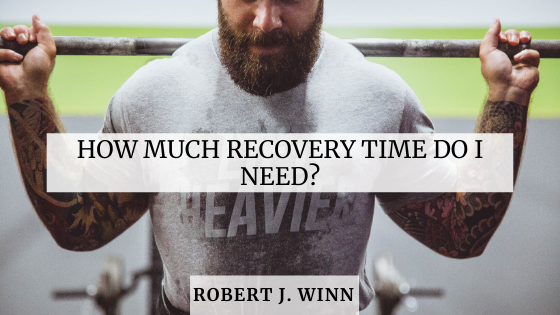Everyone taking up weightlifting or other activities in the iron game with enthusiasm will seek to learn everything they can involving training. These enthusiasts are on the constant look-out for the ideal combination of exercise types, rep numbers, sets, training load, and workout intensity. These elements are all quantifiable; they can be understood easily. However, a new trainee may not discover the importance of the recovery time for a while.
Learning the Importance of Recovery
Neophytes can easily, in their enthusiasm, fail to offer recovery its proper regard. Some of this may be due to their age; teenaged lifters, for example, seem to have unbounded energy. Younger lifters are able to keep going due to youth and enthusiasm. Sooner or later, however, as they improve, the problem of adequately recovering from these strenuous workouts comes distinctly to bear.
Why Lifters Need Recovery
Recovery time is needed because the stress of lifting weights at the gym breaks down the lifter’s muscle fibers. The desired results of lifting, whether they are increased strength or muscle growth, cannot occur until after the workout is finished. While the body rests, it begins to work on rebuilding the muscle fibers. The desired effects need adequate rest time to be achieved. Muscles get stressed; they then adapt to stress. These changes permit the lifter to handle more and greater resistance levels.
How Much Recovery Time is Necessary?
There are several factors to answer this question. The first is that larger muscles need more prolonged recovery time. High-intensity squats, for example, need a lot of recovery time. The second is that muscles in larger numbers need more recovery. Large muscle groups have a longer time necessary to recover than do smaller groups. This is because a large muscle group needs to lift heavier weights to attain the appropriate intensity. Much more muscle is destroyed during the workout; it takes time to replace.
The third factor regards fast and slow-twitch fibers. Slow-twitch muscles, the aerobic ones, are made for steady activity at a low intensity. They do not, by their nature, require a lot of recovery time. Fast-twitch muscles, on the contrary, are made to be used periodically. This gains them the luxury of permitting longer times to recover.

